Does Microwave Safe Also Mean Dishwasher Safe (And Vice Versa)
Most people at this point know to check to see whether or not their cups, plates,…
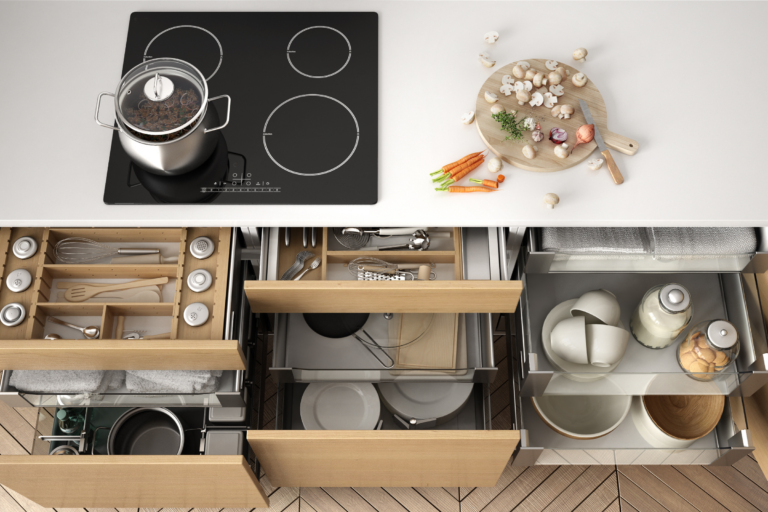
Most people at this point know to check to see whether or not their cups, plates,…
Microwaves are like magical kitchen companions, making our lives easier by quickly heating up delicious food….
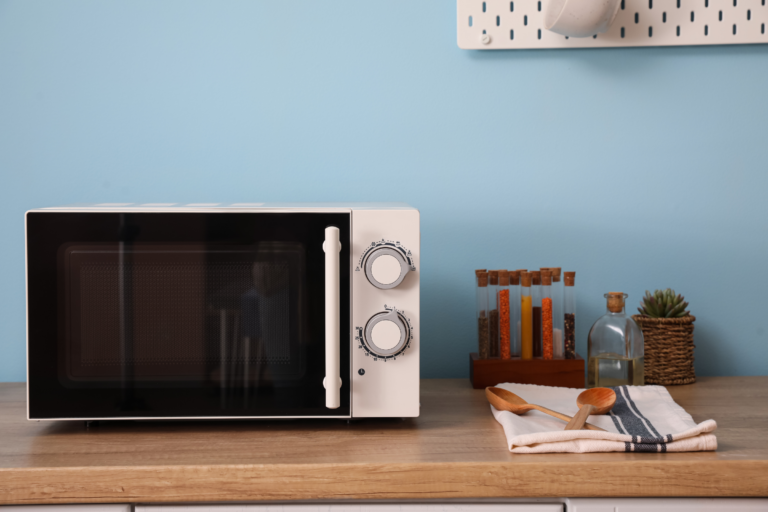
Hey, foodies! Microwaves are a godsend when it comes to heating up leftovers or cooking up…
![Microwave Fuse Keeps Blowing When You Start It? [8 Common Reasons & Fixes!]](https://illjustfixitmyself.com/wp-content/uploads/2022/11/microwave-fuse-keeps-blowing_featured-768x432.png)
Has your microwave suddenly stopped working? No lights, no beeps, no nothing? Chances are it’s the…
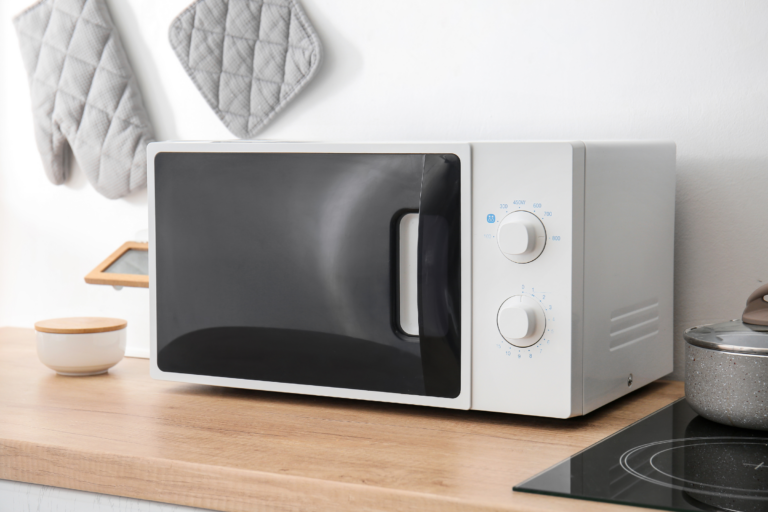
You’re ready for a quick and easy, microwaveable meal. Yet every time you turn the microwave…
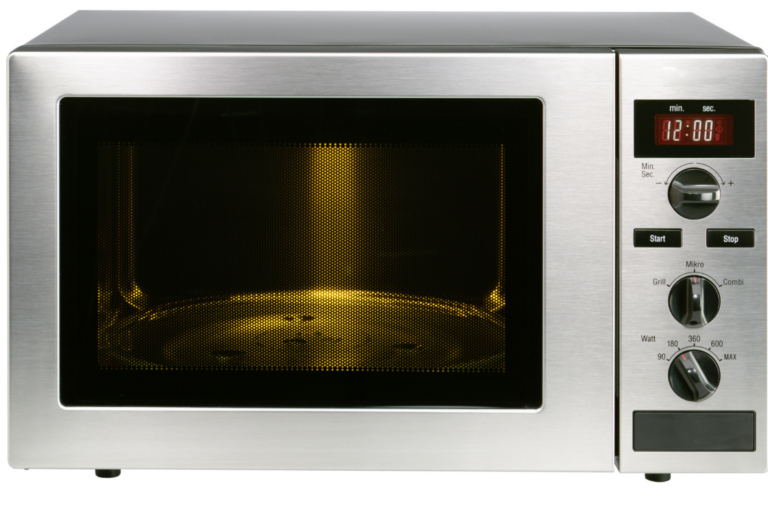
Did you accidentally burn the meal you’re preparing in the microwave? If so, you may be…
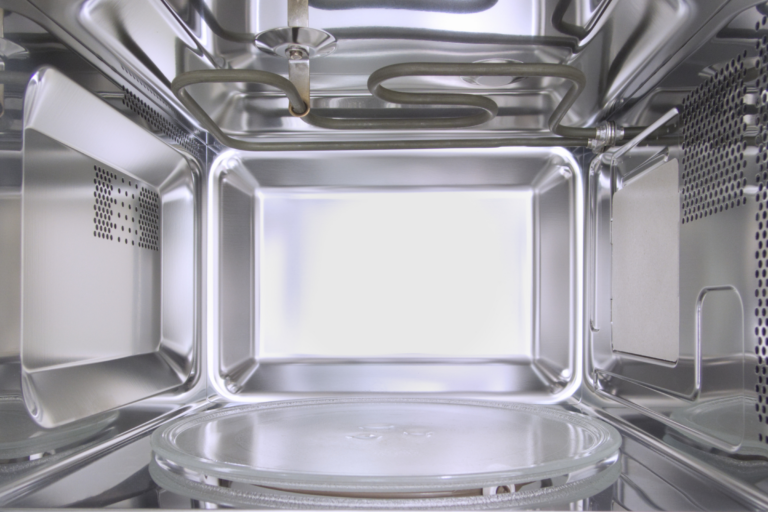
Arguably, the microwave is one of the greatest kitchen appliance inventions of the modern world. Its…
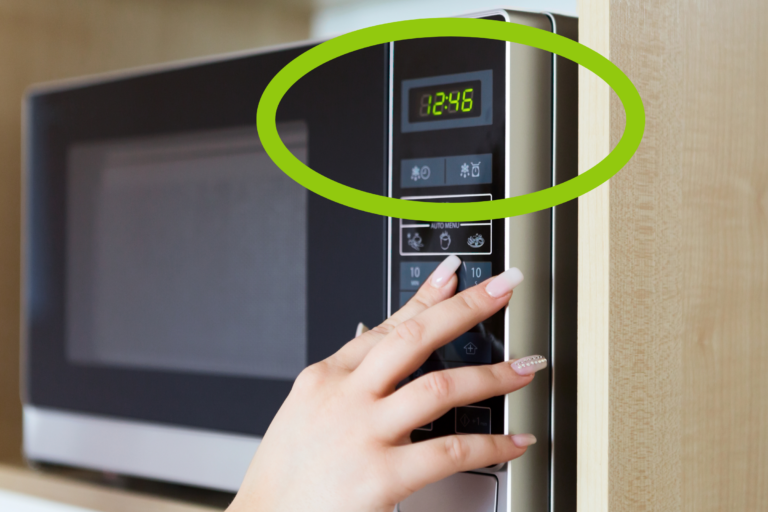
It can be a headache when your microwave display flickers; it makes it difficult to set…
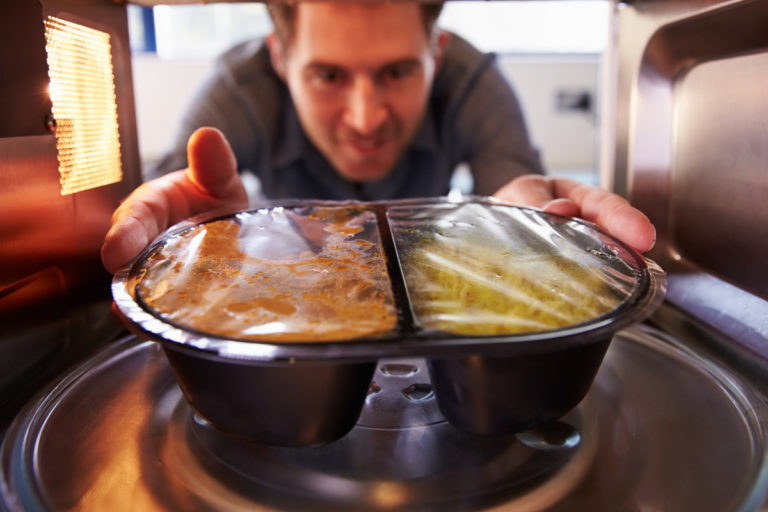
Is your microwave set to full power, and yet it is taking an unusually long period…
![Is a 700 Watt Microwave Any Good? [Plus How to Convert Cook Times]](https://illjustfixitmyself.com/wp-content/uploads/2022/07/is-a-700-watt-microwave-any-good_featured-768x432.png)
Microwaves are a nearly indispensable appliance in most kitchens, but it’s also one of the easiest…
A frozen meal may not be as tasty or nutritious as a home-prepared meal, but sometimes…
Is your microwave display blank? Perhaps you notice the microwave itself is running, but the actual…

If, like me, you think popcorn is one of the best possible snacks, especially for movie…
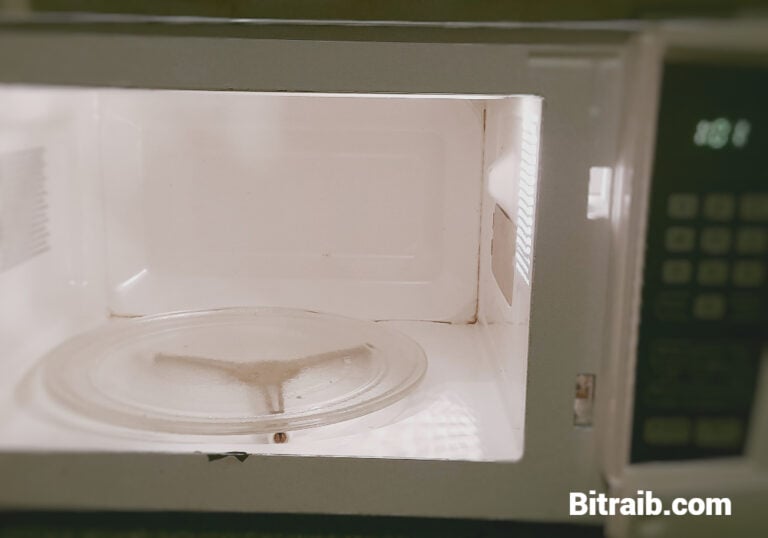
Is it normal for a microwave interior light to flicker? If you’ve noticed this phenomenon occurring…
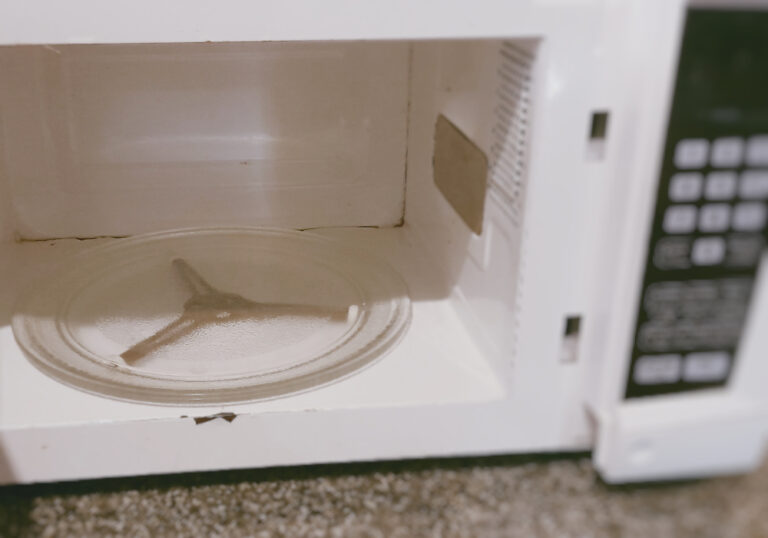
If you’ve ever removed your microwave turntable for a quick cycle in the dishwasher, only to…
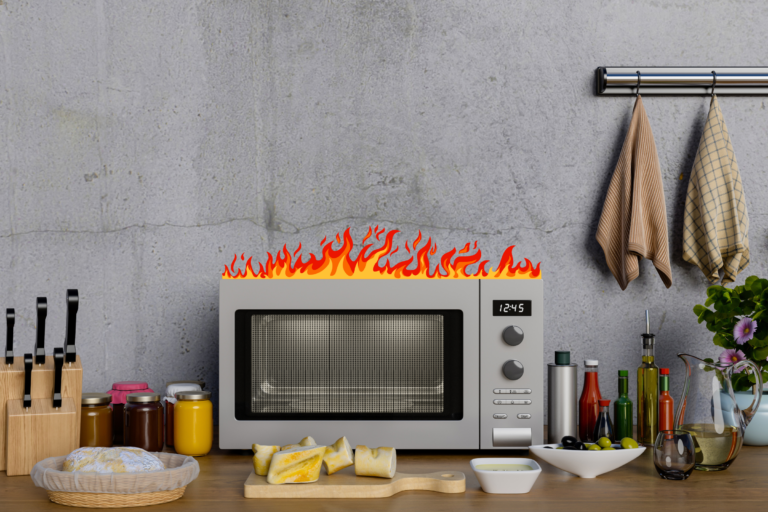
What happens when you reheat food and your microwave is hot on the outside? This is…

In modern kitchen designs, one of the major priorities is to maximize the available space. In…
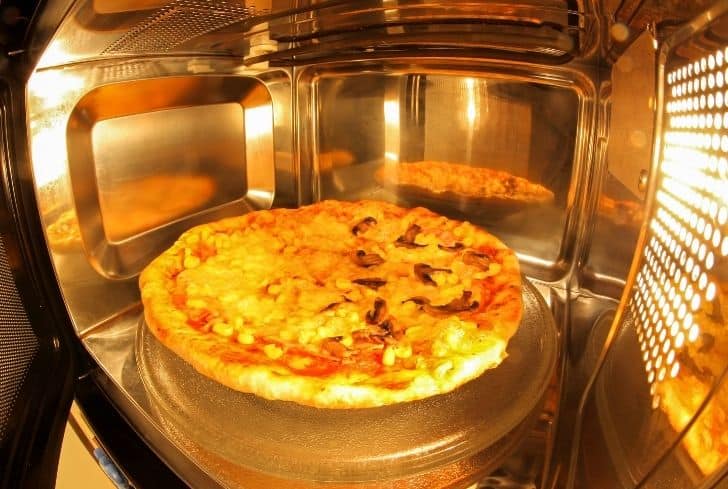
Nearly every home has a microwave to enhance the kitchen processes. Although microwaves are highly convenient,…

Finding a house without a microwave these days is quite challenging. The world has evolved, and nearly…

These days, frozen pizza is more than a convenience – you can get high-quality pies with…
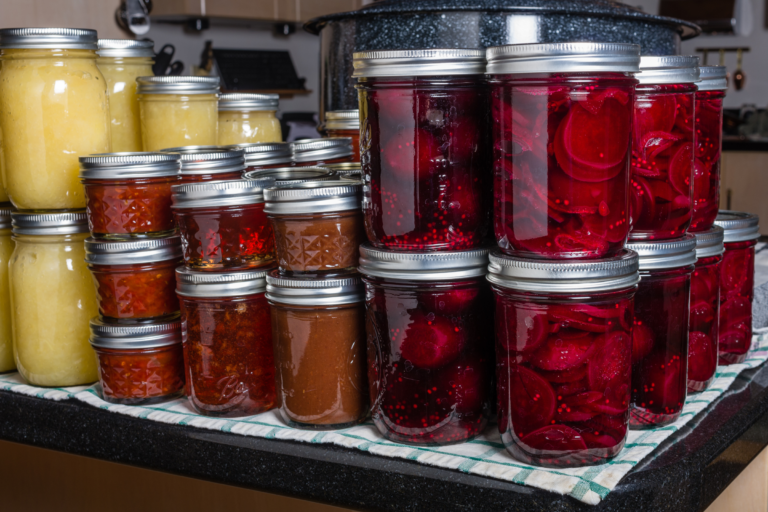
Mason jars have become very popular as a replacement for coffee mugs. They’re cost-effective, more convenient…